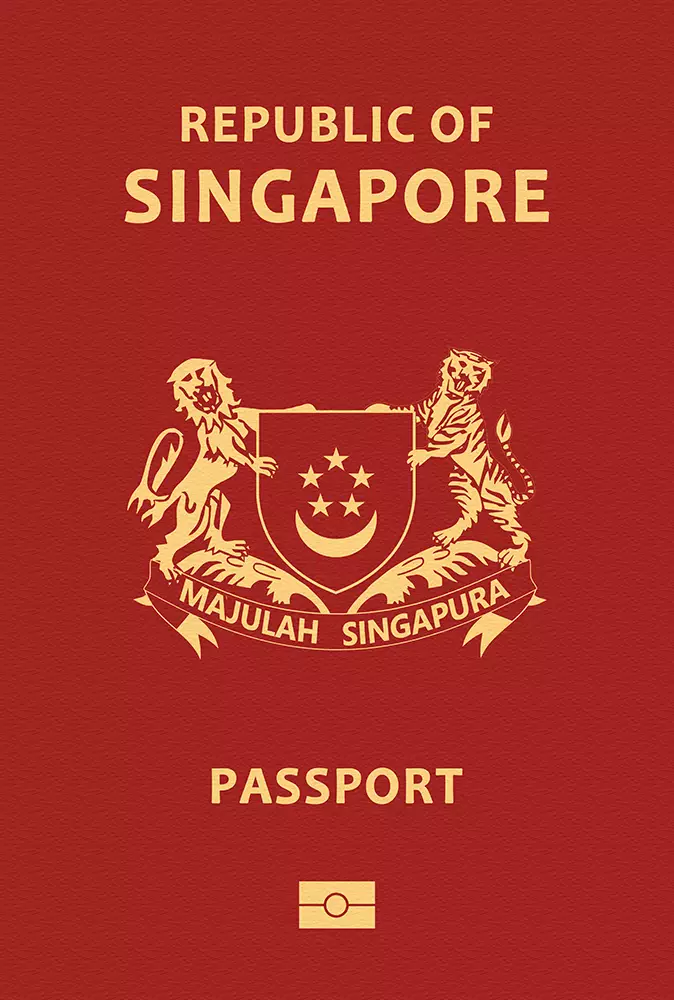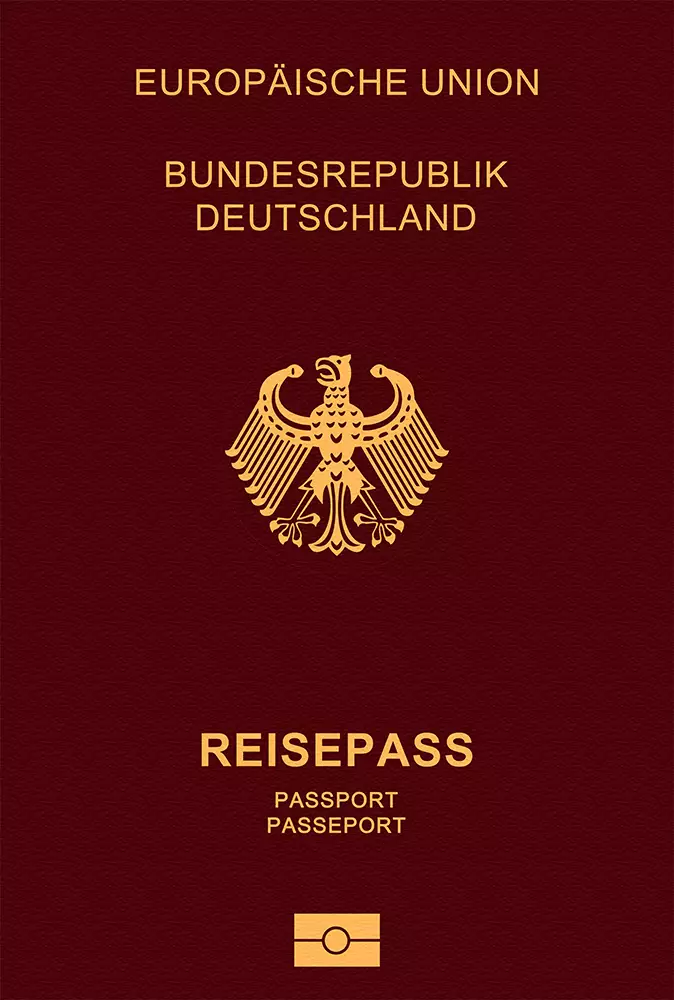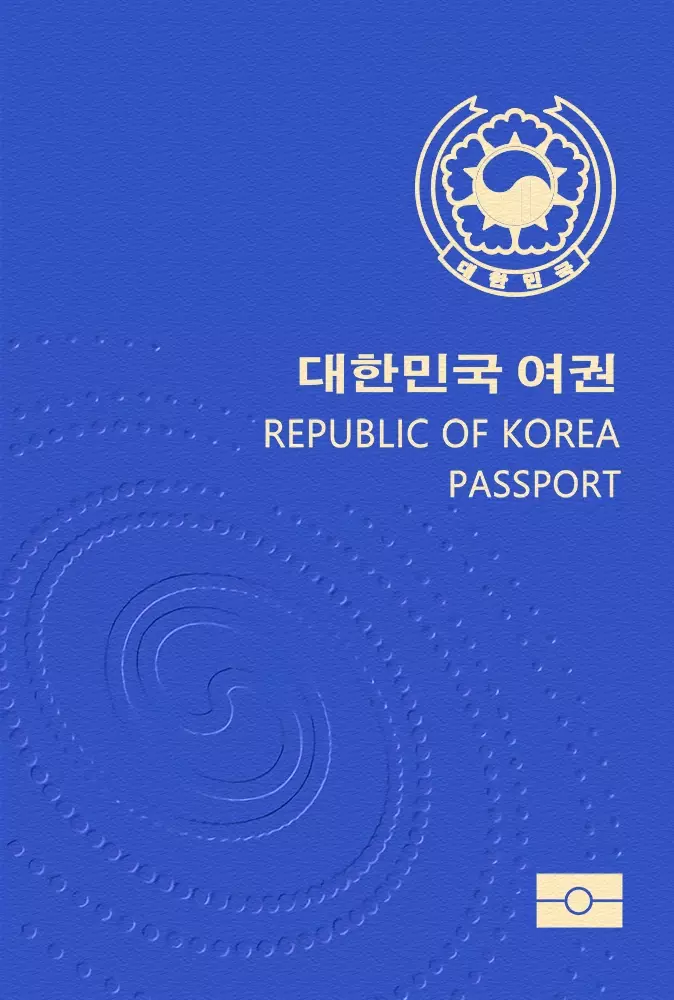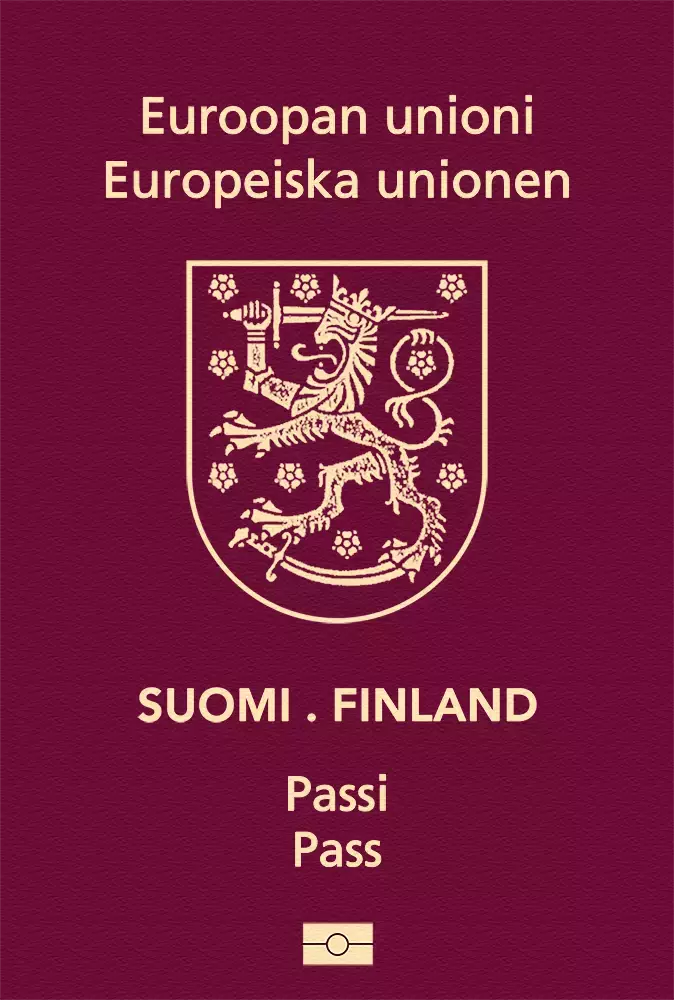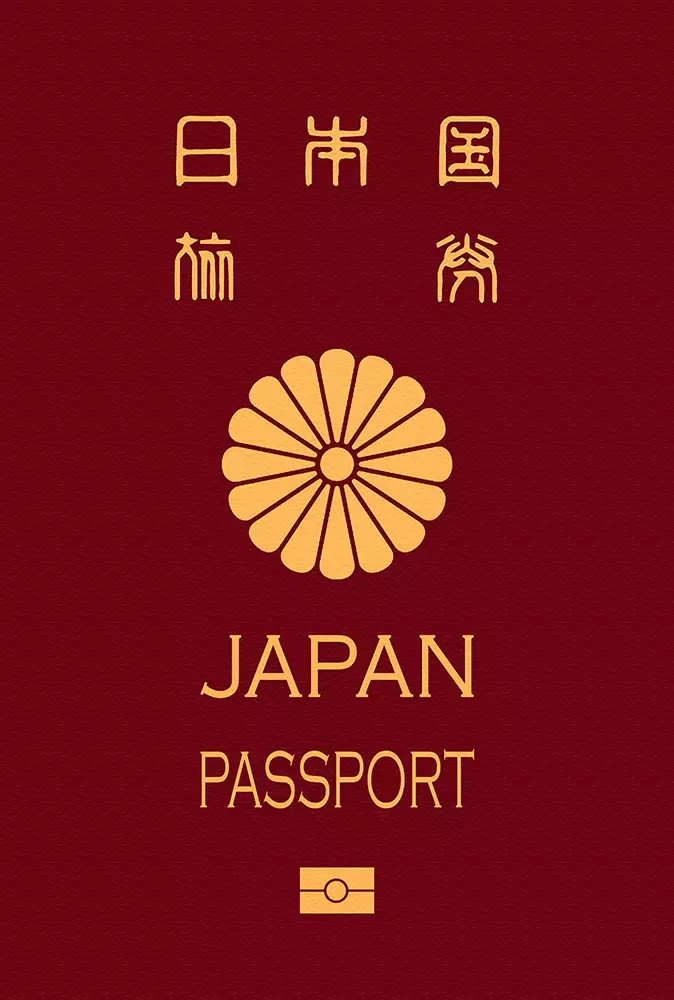The Republic of Mali is a former French colony made up of ten regions and one capital district. It is located in the interior of Western Africa. Guinea shares borders with Mauritania, Senegal, Niger, Burkina Faso, Algeria, and the Côte d'Ivoire. The most important regions are Sikasso, Koulikoro, and Ségou. The country's overall surface area is 1,240,192 square kilometers. The landscape is dominated by high flat plains with savanna to the south and hills to the northeast. The climate ranges from subtropical to desert, depending on the location. The total population is 21.4 million, making it Africa's eighth largest country. The capital of the country is Bamako.It is also the most populated city, with more than 2.5 million people. The largest airport is Modibo Keita International Airport (BKO), which handles approximately 1 million passengers per year. The airport is named after Mali's first president, Modibo Keita. It offers links to African and French destinations. Malian culture is shaped by tribal and imperial influences. 94% of the total population is Muslim. The official language is french. The legal system is founded on French civil law, with certain customary law elements. The government structure is a semi-presidential republic. President Assimi Goïta is the current transitional chief of state. Prime Minister Choguel Kokalla Maïga leads the government. The official currency of the country is the Central African CFA franc (XAF), with the current exchange rate of XAF 606 to the USD. The country has an open economy, with a GDP of around $44 billion. The per capita income is $2,271. The services and agriculture sectors generate the majority of the GDP. Gold and cotton exports account for more over 80% of total export profits, resulting in an extremely undiversified and vulnerable economy. Other notable exports include phosphate, millet, rice, corn, and vegetables. Mali has experienced consistent growth of more than 5% in recent years and is seeking funding for iron ore exploration. Tourists can discover the country's many natural and culturally unique sites. It has four UNESCO World Heritage Sites distributed around the country. These locations range from remote deserts to ancient towns. Some of the most popular tourist attractions include Timbuktu, Gao, the capital Bamako, Djenné, Hombori, Boucle du Baoulé National Park, and Taoudenni. As the capital, Bamako also provides magnificent museums and exhibitions highlighting the history and natural beauty of country







































































































































































































































